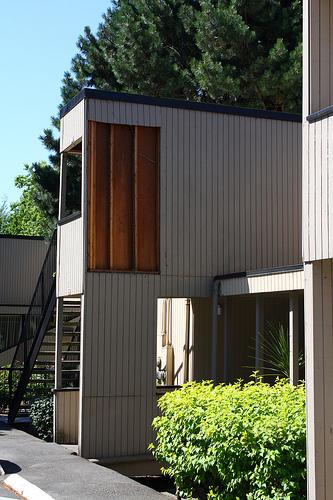

Low-Ecoating stands for Low-emittance coating on a solid surface. It is an extremely thin, nearly invisible film of metal or metal oxide layers deposited on a window or skylight. Its primary function is to reduce U-factor by restricting radiative heat flow. The key methodology by which heat is transferred in multilayer glazing is thermal radiation from a warm sheet of glass to a cooler sheet. Covering a glass surface with a low-emittance element and placing that coating into the gap between the layers of glass impedes this radiant heat transfer significantly, thus reducing the overall flow of heat through the window.
Benefits of Low-E Glass
Low-E technology is over two decades old in the glass market. Although its benefits have been duly acknowledged, glass with low-e coating is rarely used in construction. There are several priceless advantages and cost savings that can be achieved by using low-e glass.
During the severe energy crisis the world faced during the 1970s, everyone endeavoured to minimize consumption of natural resources. In case of glass, energy was lost by way of heat loss through the glazed surface. In 1980, the commercial development of thin, transparent, low emissive coatings literally revolutionized the concept of energy savings in windows. The low-e coating, placed on the inside of the insulating glass unit, enabled the sun^s short-wave energy to enter the room and at the same time prevented internal warm air from leaving the room.
Supplier of glasses such as plain glass, coloured glass, printed glass, reflector glass, curved glass, bend glass, annealed glass, toughened glass, laminated glass, lacquard glass, printed glasses and framless toughened glass doors.
More details:View company website
Its Free
Verify Now